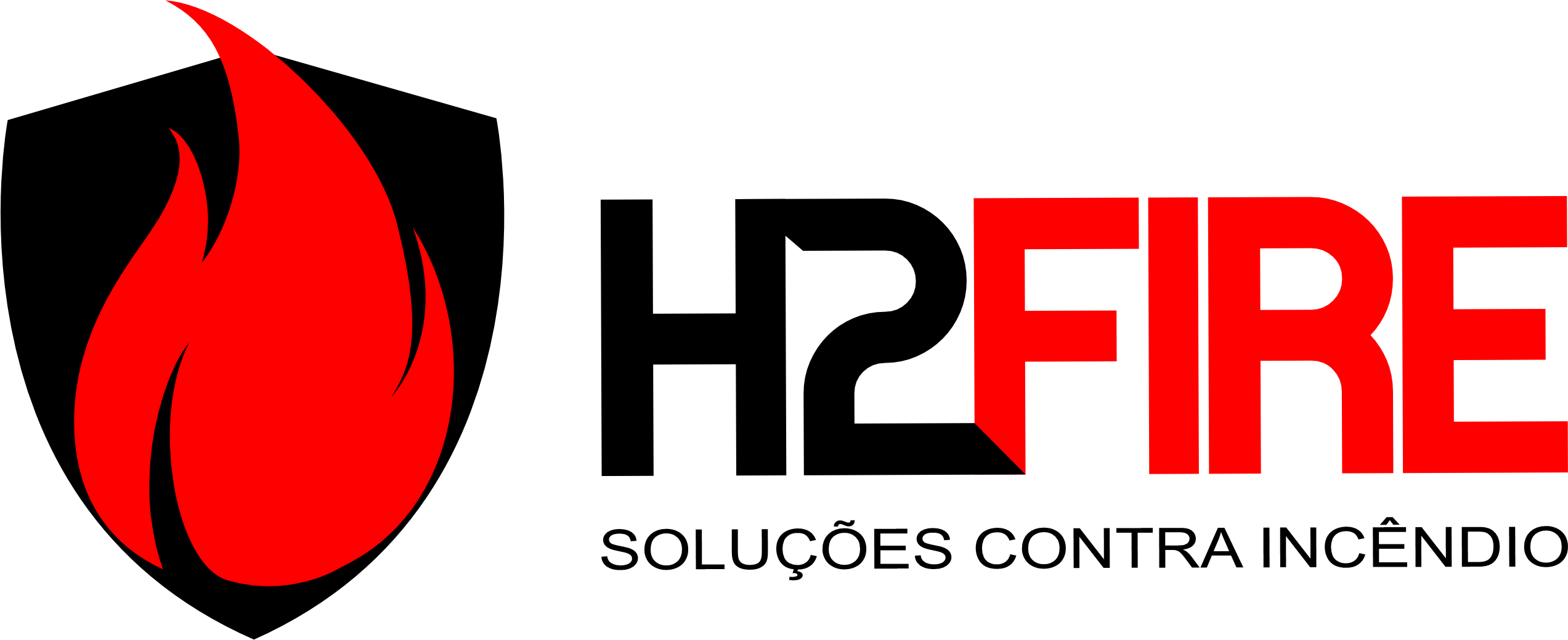
A fire alarm and smoke detection system is a critical safety feature designed to protect people, property, and assets from the dangers of fire. These systems consist of sensors, alarms, and control panels that work together to detect the presence of smoke, heat, or fire, alerting occupants to evacuate the building and giving first responders the opportunity to intervene before the fire escalates.
The fire alarm system includes various components such as smoke detectors, heat detectors, manual pull stations, and control panels. Smoke detectors use ionization or photoelectric technology to sense smoke particles in the air, while heat detectors are triggered by a sudden rise in temperature or a specific heat threshold. In addition, manual pull stations allow individuals to manually trigger the alarm in case of fire detection.
Once a fire or smoke is detected, the system activates the alarm, which may include sirens, strobe lights, or voice announcements to ensure everyone is alerted. The system may also be connected to an automated fire suppression system, such as sprinklers, and can notify emergency services directly. Regular maintenance and testing of fire alarm and smoke detection systems are essential to ensure reliability and compliance with local safety regulations.
These systems are commonly used in residential, commercial, and industrial buildings to provide early detection and warning, ultimately minimizing the risk of injury or loss of life from fire emergencies.
Feliz feedback do usuário
A H2Fire demonstrou um compromisso exemplar com a qualidade e a segurança. A instalação dos sistemas de proteção contra incêndio foi realizada com máxima eficiência e o suporte pós-venda tem sido excepcional. É um alívio saber que podemos contar com uma empresa tão confiável e dedicada. Excelente trabalho!
Desde que começamos a usar os serviços da H2Fire, sentimos uma enorme diferença na segurança do nosso estabelecimento. A equipe foi muito atenciosa, explicando cada etapa do processo e garantindo que tudo estivesse em conformidade com as normas vigentes. Sinto-me muito mais tranquila sabendo que temos um sistema de proteção de alta qualidade.



Trabalhar com a H2Fire foi uma experiência fantástica. A equipe é extremamente profissional e conhecedora. Eles entenderam rapidamente nossas necessidades e forneceram soluções que não só atenderam, mas superaram nossas expectativas. Recomendo fortemente a H2Fire para qualquer empresa que precise de soluções eficazes e inovadoras em segurança contra incêndios